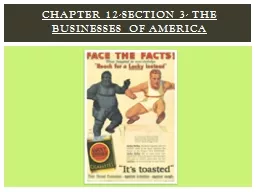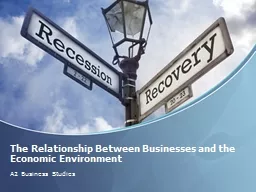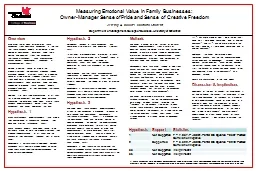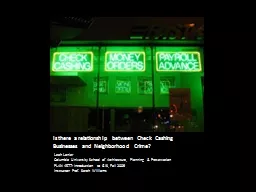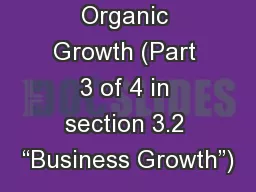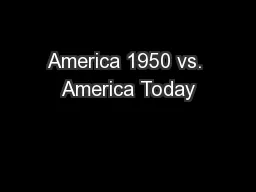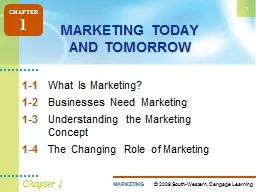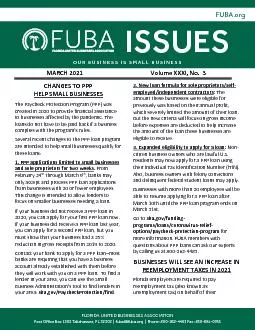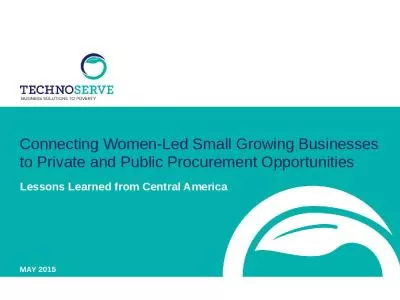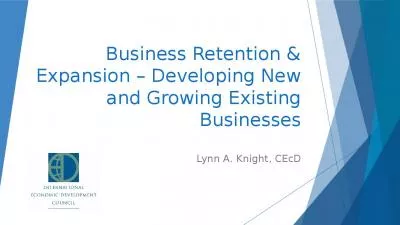PPT-Chapter 12-Section 3- The Businesses of America
Author : conchita-marotz | Published Date : 2018-11-13
Calvin Coolidge s erved as the 30th US president of the United States 1923 to 1929 He was Hardings Vice President and assumed the role of President upon
Presentation Embed Code
Download Presentation
Download Presentation The PPT/PDF document "Chapter 12-Section 3- The Businesses of..." is the property of its rightful owner. Permission is granted to download and print the materials on this website for personal, non-commercial use only, and to display it on your personal computer provided you do not modify the materials and that you retain all copyright notices contained in the materials. By downloading content from our website, you accept the terms of this agreement.
Chapter 12-Section 3- The Businesses of America: Transcript
Download Rules Of Document
"Chapter 12-Section 3- The Businesses of America"The content belongs to its owner. You may download and print it for personal use, without modification, and keep all copyright notices. By downloading, you agree to these terms.
Related Documents

